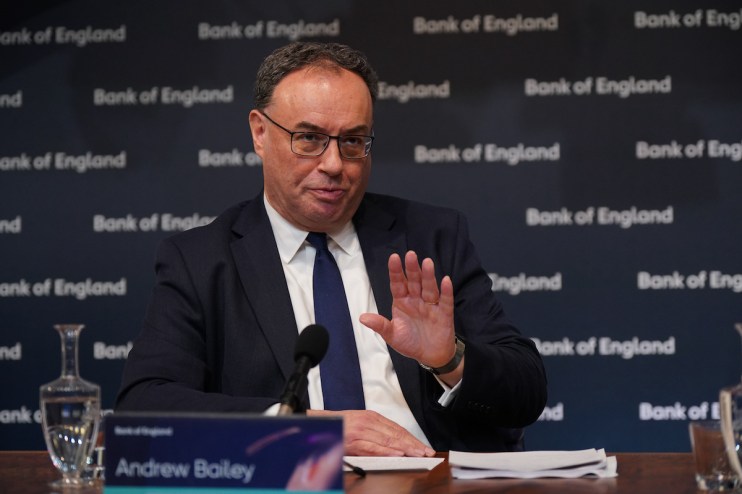Will the Bank of England cut interest rates again? Experts are divided

Economists are divided about the likely path of interest rates after the Bank of England reduced the Bank Rate for the first time since 2020 last week.
Following the decision, Governor Andrew Bailey stressed that the Bank must be careful “not to cut interest rates too quickly or by too much”, but investors have drawn their own conclusions.
Markets are close to pricing in two 25 basis point cuts this year, up from one before the meeting, and a further four cuts next year.
As ever, the path for rates all depends on how the inflationary outlook evolves. The Monetary Policy Committee (MPC) is deeply divided on this, as revealed in the vote split. Five members voted to cut rates, while four called for a hold.
The central scenario, as laid out in the Monetary Policy Report (MPR), is for inflation to pick up in the remainder of the year, peaking at 2.7 per cent, before gradually falling back to target. ,
But in the press conference, Bailey set out an alternative scenario in which the economy has gone through “a more permanent change to wage and price setting” requiring a more aggressive policy response.
This is the scenario which the minority in favour of another hold, which includes chief economist Huw Pill, think is more likely.
The day after the decision, Pill said there were some “dynamics in the UK economy, a sort of persistent component, that we need to be cautious about”.
Many economists are not convinced by the Bank’s hawkish narrative, however. Ruth Gregory, deputy chief UK economist at Capital Economics, argued the Bank’s guidance was “not gospel,” forecasting two further rate cuts this year.
“Our expectation is that the persistence of domestic inflationary pressures will be weaker than the Bank expects,” Gregory said.
Dutch bank ING thinks the Bank of England will cut rates at least once this year, with another cut likely, agreeing that underlying price pressures would continue easing.
“We suspect the data on services inflation and wage growth will improve as the year goes on, making the committee more comfortable with proceeding with at least one more cut this year,” James Smith, developed markets economist at ING said.
However, Rob Wood, chief UK economist at Pantheon Macroeconomics, argued that markets are “pricing in too many cuts”. He predicted just one more cut this year and three next year.
Wood pointed to the latest jobs report from KPMG and the Recruitment and Employment Confederation (REC), which suggested that the jobs market might be recovering a little.
“Jobs growth is rebounding from last year’s minor-recession-induced slowdown. Vacancies tell the same story…There is very little in this survey to push the MPC to cut interest rates again as soon as September,” he said.
Analysts at Royal Bank of Canada also only forecast one more cut this year. “We still think that the data, particularly those indicators of underlying inflation, will ultimately act as a brake on how much the MPC can deliver in total,” they said.